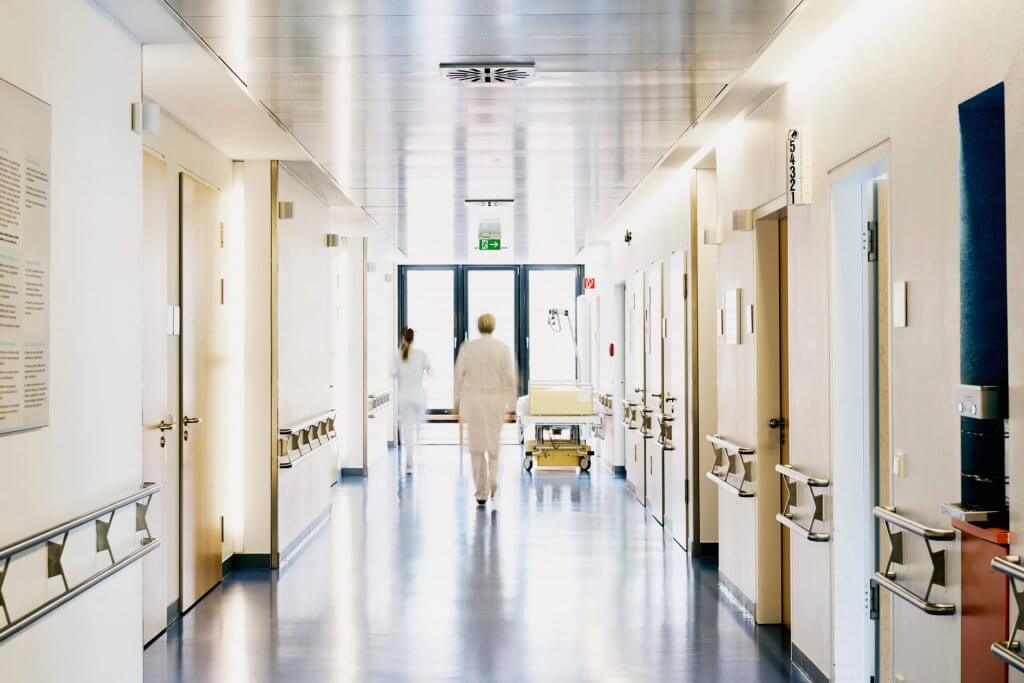
Automated cleaning processes can be ineffective without regular water quality checks.
Researchers suggest hospitals need water quality guidelines to ensure the adequate cleaning of flexible endoscopes with automated reprocessing equipment.
In a new paper, flexible endoscopes at the University Hospital Complex of the Canary Islands were found to be contaminated with mycobacteria, despite being disinfected in an automated endoscope reprocessor (AER).
Researchers identified mycobacteria in the hospital water supply. That tap water rinsed the AERs between disinfection cycles.
Ultimately, nine bronchoscopy patients were exposed to Mycobacterium fortuitum during the four-month period of review. Mycobacteria contaminated the flexible bronchoscopes used on these patients during automated reprocessing.
The pseudo-outbreak didn't harm any patients. A rise in positive cultures with no evidence of patient disease is a pseudo-outbreak.
The researchers credited “swift multidisciplinary action,” to identify and rectify the problem, in keeping patients safe.
The American Journal of Infection control published “Pseudo-outbreak of Mycobacterium fortuitum in a hospital bronchoscopy unit.” Silvia Campos-Gutierrez, María Jose Ramos-Real, Rossana Abreu,María Soledad Jimenez, and María Lecuona authored the study.
Mycobacterium fortuitum is a rapid-growth mycobacterium that can form in biofilm and is relatively resistant to chlorinated disinfectants. The bacterium can survive in a wide range of temperatures and with an absence to nutrients.
Water is often a transmission source for the mycobacterium, according to the authors.
Reprocessing flexible bronchoscopes involves a complicated series of steps from a pre-clean bedside to proper drying and storage after disinfection. Facilities commonly use AERs for high-level disinfection after an endoscope is manually cleaned.
The bronchoscopes in the study were disinfected with peracetic acid in the AER, the authors write. However, the AERs themselves had been contaminated by rinse water, making the disinfection inadequate.
Multiple studies have shown that reprocessing cannot effectively clean endoscopes if the equipment used has been compromised. Click here for Bedside Bronchoscopy's section on reprocessing guidelines.


